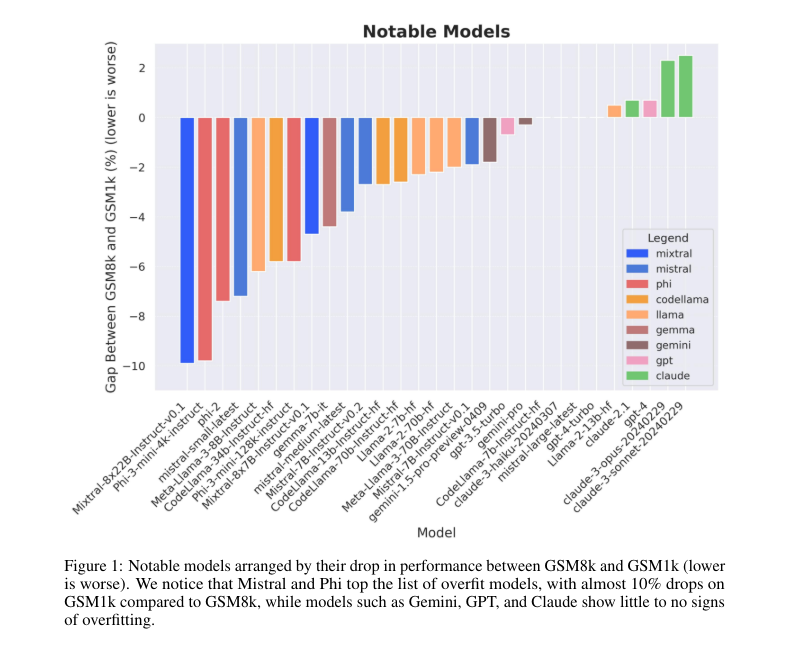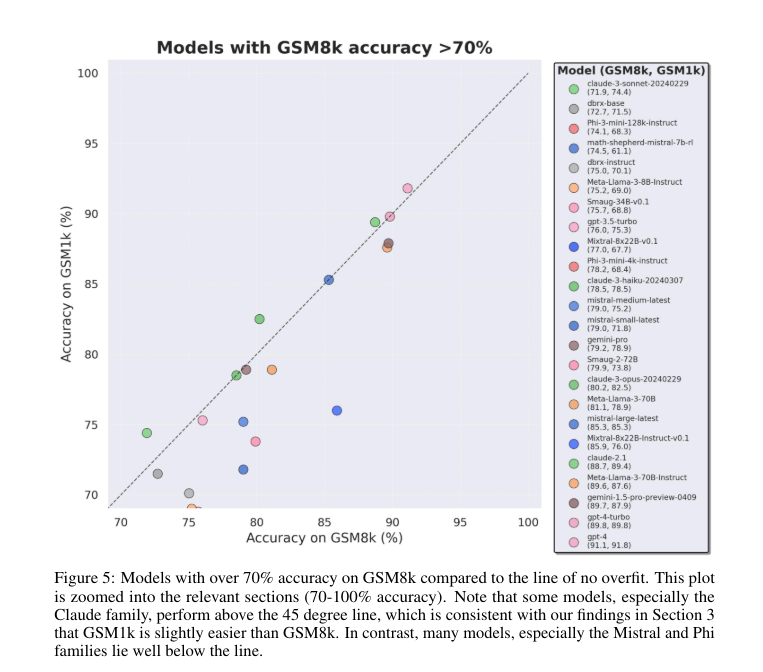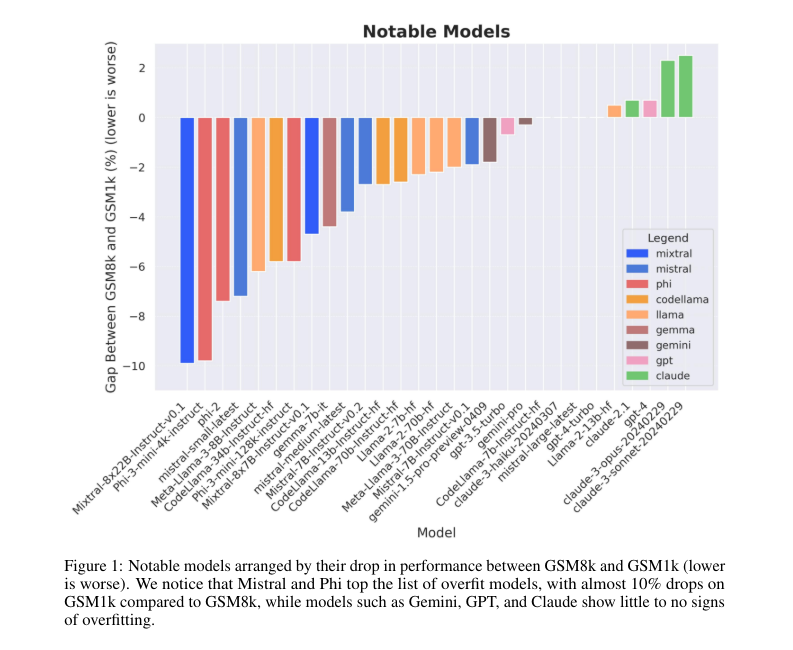Machine learning focuses on creating algorithms that enable computers to learn from data and improve performance over time. It has revolutionized domains such as image recognition, natural language processing, and personalized recommendations. This research field leverages vast datasets and advanced computational capabilities, pushing the boundaries of what’s possible in artificial intelligence and opening new frontiers in automation, decision-making, and predictive analytics.
One of the major challenges facing machine learning is the opacity surrounding how models make decisions. Often highly accurate, these models function as ‘black boxes,’ providing minimal insight into their internal logic. This lack of interpretability is particularly concerning in sensitive areas like healthcare, finance, and law, where understanding the rationale behind decisions is crucial. Stakeholders in these sectors require transparent models, as automated decisions’ consequences can have significant ethical and practical implications.
Existing research includes popular benchmarks like GSM8k, MATH, and MBPP for evaluating reasoning in large language models (LLMs). These benchmarks include datasets that test models on elementary mathematical reasoning, coding tasks, and problem-solving skills. Moreover, recent studies on overfitting have measured models’ ability to generalize using modified versions of existing datasets like ImageNet and CIFAR-10. These frameworks assess LLMs’ reasoning by comparing model performance on novel and known data.

Researchers from Scale AI have introduced GSM1k, a new benchmark created to measure overfitting and reasoning capabilities in LLMs. The researchers developed this benchmark by creating 1,250 elementary math problems that mirror the complexity and content of existing benchmarks like GSM8k. The benchmark aims to identify whether models rely on memorization or possess genuine reasoning capabilities by comparing model performances across similar but distinct datasets.
The methodology behind GSM1k involves generating a new dataset of 1,250 elementary math problems. These were designed to match the complexity of benchmarks like GSM8k, ensuring comparable difficulty levels. The researchers employed human annotators to create issues that required basic arithmetic and reviewed the problems through multiple quality checks. They compared the results of models across GSM1k and GSM8k to measure performance differences, emphasizing how models solve problems rather than memorizing answers. This setup provides a clear understanding of model capabilities and identifies systematic overfitting.

The research revealed significant differences in model performance between GSM8k and GSM1k, indicating systematic overfitting in certain models. For instance, Phi-3 showed a 10% drop in accuracy when moving from GSM8k to GSM1k, demonstrating reliance on memorized data. However, other models like Gemini and Claude exhibited minimal differences, with an accuracy gap of under 5%. These findings suggest that some models have strong reasoning capabilities, while others rely on training data memorization, evidenced by substantial performance gaps between the two datasets.
To conclude, the research provides a novel approach to evaluating model interpretability and performance through GSM1k, a benchmark designed to measure reasoning in machine learning models. By comparing results with the existing GSM8k dataset, researchers uncovered varying levels of overfitting and reasoning across different models. The importance of this study lies in its ability to distinguish between genuine reasoning and memorization in models, highlighting the need for improved interpretability methods and guiding future advancements in machine learning.



